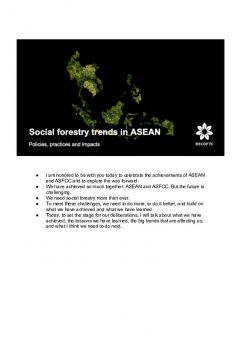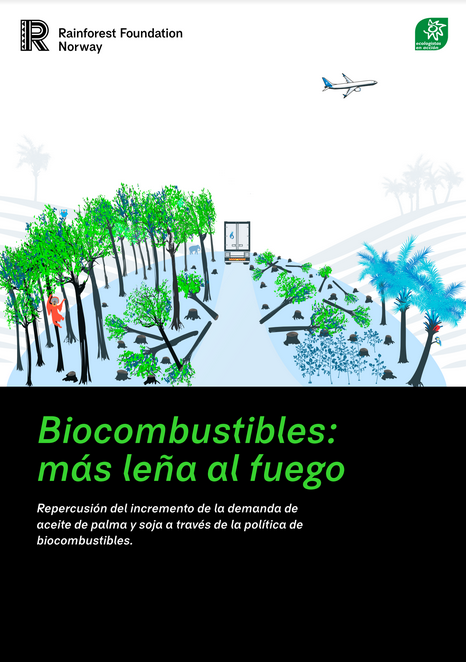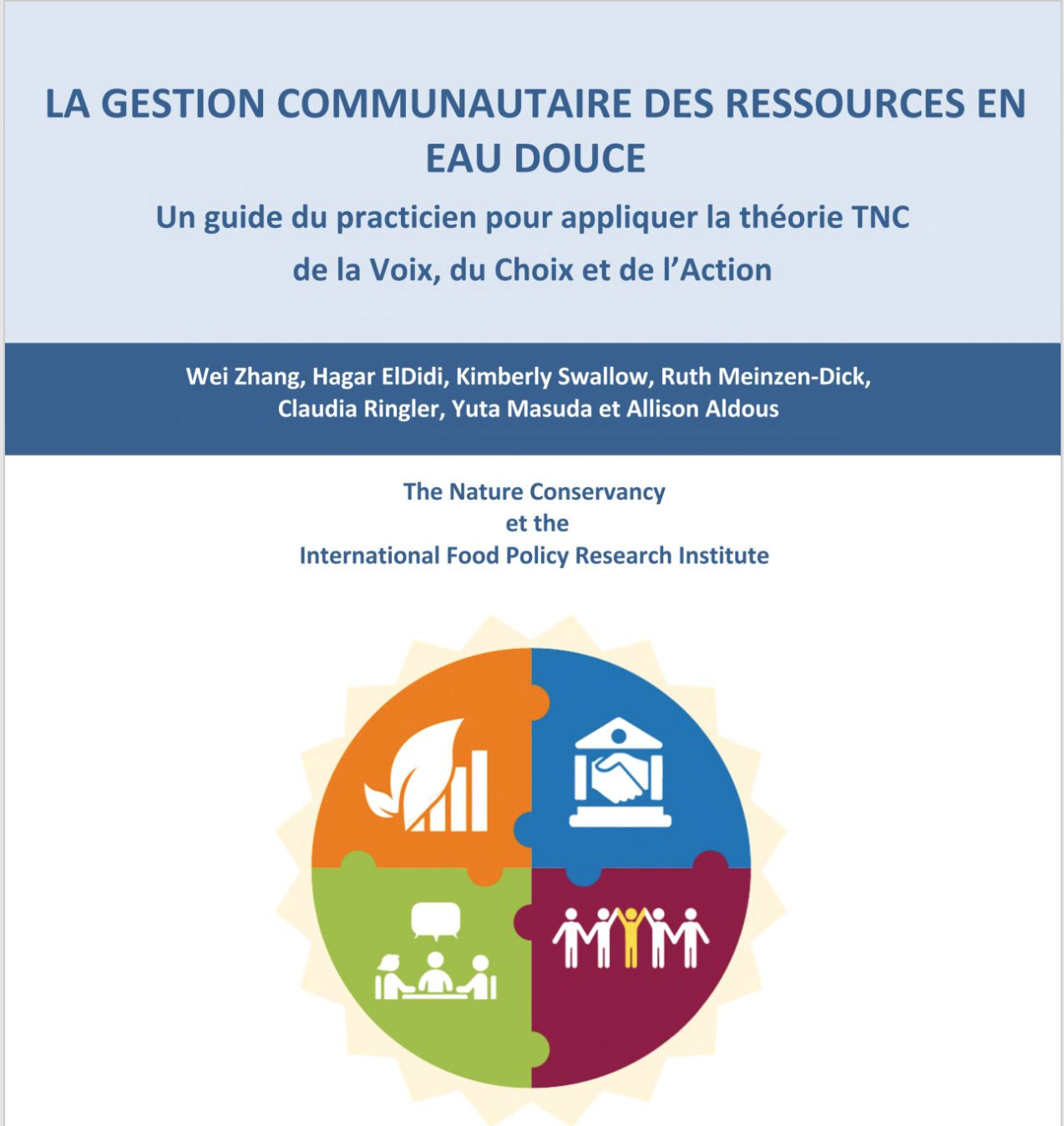Decolonising Conservation Policy: How Colonial Land and Conservation Ideologies Persist and Perpetuate Indigenous Injustices at the Expense of the Environment
The livelihoods of indigenous peoples, custodians of the world’s forests since time immemorial, were eroded as colonial powers claimed de jure control over their ancestral lands. The continuation of European land regimes in Africa and Asia meant that the withdrawal of colonial powers did not bring about a return to customary land tenure. Further, the growth in environmentalism has been interpreted by some as entailing conservation ahead of people.







